How to Identify Constellations in the Night Sky
by Simmy Parker
The constellations were used by people across the world to navigate before their were modern technologies to do the job.
The night sky was virtually identical from anywhere in the world, so it made the job of navigating easier than just looking for landmarks on Earth.
Finding the constellations and identifying them out of all the millions of stars in the sky can be daunting.
It's one of the first things that an amateur astronomer should start to learn, though. You can't find the Andromeda Galaxy without finding Andromeda.
Contents
- What Are Constellations and What Do They Represent?
- How Can You Identify Different Constellations in the Night Sky?
- What Tools Do You Need to Identify Constellations in the Night Sky?
- Which Constellations Are Most Visible During Different Times of the Year?
- How Can You Learn More About Constellations and Their History?
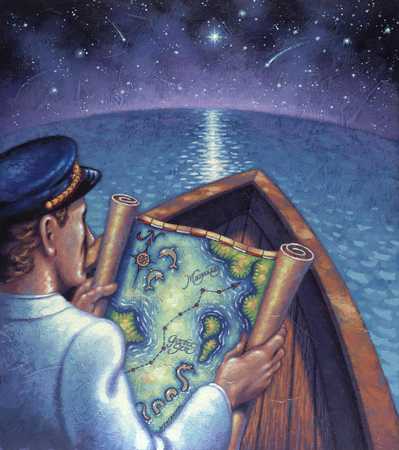
It's possible that you learned about constellations in back in grade school, or the Boy/Girl Scouts, but that doesn't mean you'll remember any of that information today.
Or, if you are a person of the internet age, then you obviously know that most of the astronomical data you would like to know about is out there.
In any case, it can take some time to learn some of the more major constellations, but there are a few things that can help.
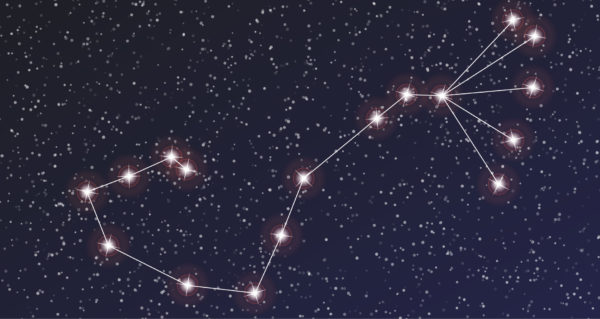
What Are Constellations and What Do They Represent?
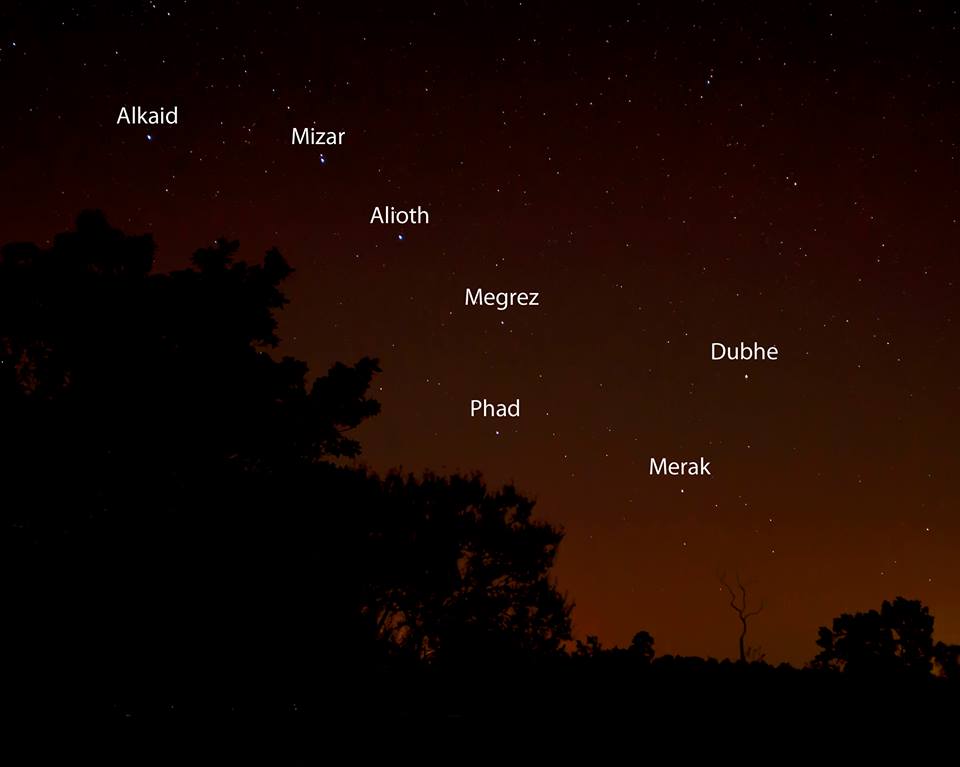
Most of us are familiar with constellations, but what are they really and what do they represent?
Constellations are patterns of stars that appear in the night sky. They are usually named after mythological figures or animals. The most famous constellation is probably the Big Dipper, which is part of the Ursa Major constellation.
Constellations have been used for navigation and guidance by sailors and travelers for centuries. In more recent times, they have also been used in astronomy to help map out the night sky.
There are 88 constellations in total, divided into 12 different zodiac signs. Each sign is associated with a period of time during the year. For example, Aries is associated with the Spring Equinox, when days and nights are of equal length.
Most constellations are visible in both the Northern and Southern hemispheres, but there are a few that can only be seen from one or the other. For example, the constellation Orion can only be seen in the Northern Hemisphere.
While constellations can be used to help map out the night sky, they also have a more metaphysical meaning. Each constellation is said to represent certain qualities and characteristics. For example, Aries is associated with courage and determination, while Cancer is associated with nurturing and compassion.
So next time you're looking up at the stars, take a moment to think about what constellations might mean to you on a personal level. What qualities and characteristics do you see in them? What story do they tell about who you are and where you come from?
Big Dipper, Little Dipper, and the North Star
Polaris, The North Star, is the starting point for many of the constellations. When you can find the brightest point in the night sky, you can orient yourself and find constellations. You can also use the constellations to find the North Star.
The easiest constellation to find is the Little Dipper. It's shaped like a bowl with a handle. Along the handle, you'll find the brightest star.
That's the North Star and the end of the constellation itself. You can use the Big Dipper to find the Little Dipper, which is where you'll find the brightest star.
Here's a video showing how to find the Big Dipper in the night sky, as well as Polaris.
And here is another video which shows Polaris, The Big and Little Dippers.
Gemini: The Twins
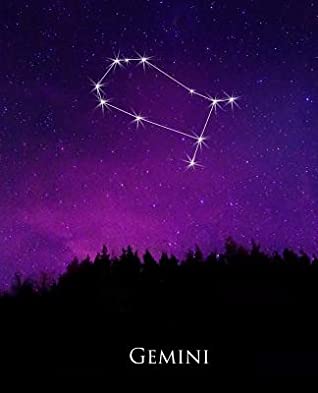
While some of the constellations don't resemble their name at all, there are others that are easy to find because you know what you're looking for like The Twins.
In the night sky, you'll be able to see the shapes of the Twins. Usually constellations have stories of how they came to be in the sky.
In the case of the Twins, it's said that Caster and Pollux were twins, but they had different fathers. When Caster was killed, his father begged Zeus (Pollux's father) to grant them immortality.
The god, Zeus, sent them into the night sky to be together forever. The brightest stars in this constellation are Castor and Pollux and are part of the head of the twins.
Here is a video talking about the legend of Gemini the Twins (Castor and Pollux), and how to find it easily in the night sky.
Leo: The Lion
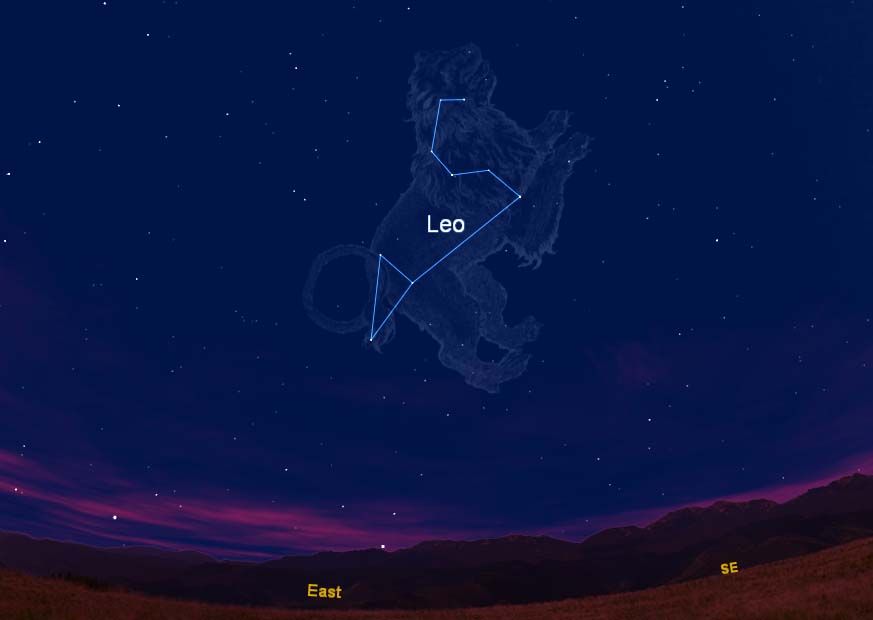
This is a good constellation to find in the spring. It's easy to identify in April or May especially. Those looking for Leo will start by looking for a backwards question mark in the sky.
It's a distinctive pattern that makes it a simple one for beginning astronomers. The bottom of the pattern is marked by Regulus.
Leo is easiest to find when you can hop there from the Big Dipper. Find the Big Dipper and use that as a starting point to see Leo.
When the two outer stars are found, drawing an imaginary line from them towards Polaris will help you find the North Star. In the other direction, you'll see Leo, The Lion.
Scorpius - The Scorpion

This is a constellation that's seen best in the summer. It's said that during a fight, Zeus was impressed with the fighting scorpion and lifted the fighter into the sky as a reward. It seems Zeus uses this tactic constantly as a reward in Greek Mythology!
One of the brightest stars in the sky around this location is Antares. It makes the constellation easy to spot because of this reddish star. It's confused with Mars occasionally because of its color and brightness.
You can see Antares in a location that's close to the heart of the Scorpion, which should make it easy to find.
There are more constellations in the night sky than the ones listed here. To really learn where all the constellations are, you'll need a reference while you're looking through your telescope.
You can plan on what stars and constellations to view each night based on the time of the year. It's a slow process that will take time and patience. It's a great activity to learn and share with your children, too.
How Can You Identify Different Constellations in the Night Sky?
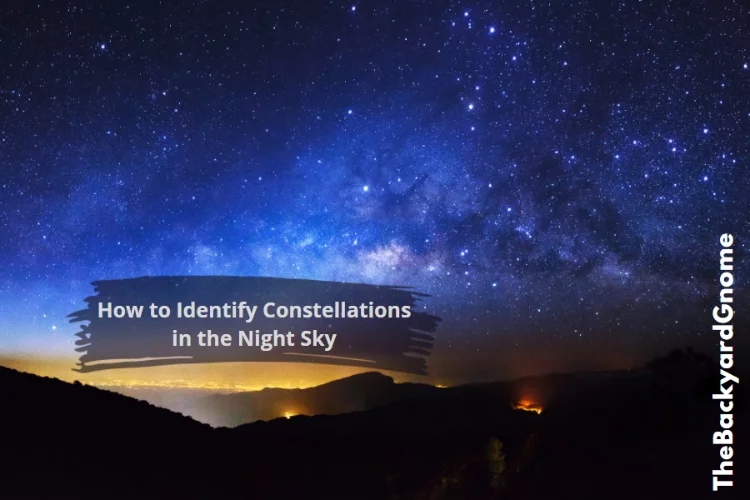
If you want to find different constellations in the night sky, there are a few things you can do. First, you'll need to know what time of year it is. Different constellations are visible at different times of the year depending on where you are in the world. For example, if it's summertime in the Northern Hemisphere, you'll be able to see the constellation Orion. However, if it's wintertime in the Southern Hemisphere, you won't be able to see Orion.
Second, you'll need to find a dark place away from city lights. The best time to look for constellations is during a new moon when the moon is not visible in the night sky. This will allow you to see more stars.
Third, you can use a star chart to help you find constellations. Star charts show the position of different stars and constellations in the night sky.
Once you've found a dark place and have a star chart, you can start looking for different constellations. Some of the most popular constellations include Orion, Ursa Major, and Scorpius. Can you find them all?
What Tools Do You Need to Identify Constellations in the Night Sky?
Google Sky

Google Sky teamed up with some astronomers to create a Google Sky app that is much like the Google Map tool. It's a way to browse the universe, and it can be done indoors or outdoors.
If you use the app outside, you can line up the night sky with your app and find the position of your favorite planets and stars.
Starmap

This is an app available at the Apple Store for download. It provides astronomers with free maps for the Northern Hemisphere.
Whether it's color, black and white, or night vision, there's a map for you to download and use with this app.
There's a database of 900 million stars available with this app.
While only a certain amount will be downloaded to your phone, the rest can be downloaded as you need it to be viewed while you're out there looking at the sky.
Here are some additional resources for finding other constellations.
This video shows how to find Orion in the night sky.
Which Constellations Are Most Visible During Different Times of the Year?
As the Earth orbits around the sun, the position of the constellations in the night sky changes. While some constellations are visible all year round, others are only visible during certain times of the year.
The constellation Orion is one of the most recognizable constellations in the night sky. Orion is visible throughout much of the world and can be seen in both the northern and southern hemispheres. In the northern hemisphere, Orion is visible from October to March, while in the southern hemisphere it can be seen from April to September.
Another well-known constellation is Leo, which is also visible in both hemispheres. Leo can be seen in the northern hemisphere from February to April and in the southern hemisphere from August to October.
There are also constellations that are only visible in one hemisphere or the other. For example, the constellation Scorpius is only visible in the southern hemisphere, while the constellation Ursa Major is only visible in the northern hemisphere.
So, depending on where you live and what time of year it is, you may be able to see different constellations in the night sky. Why not go outside and see which ones you can spot!
How Can You Learn More About Constellations and Their History?
There are a few ways that you can learn more about constellations and their history. One way is to look up books on the subject at your local library or bookstore. You can also find quite a bit of information online, including websites devoted to the subject and articles written by experts. Finally, if you have access to a telescope, you can try to find and identify constellations yourself. This can be a fun way to learn more about the night sky and the stories behind the patterns of stars that we see.
A Good Book on the Subject
One of the best ways to learn about constellations is to find a good book on the subject. A few recommended titles include:
- The Stars: A New Way to See Them by H.A. Rey
- The constellation Finder by Robert Burnham Jr.
- Turn Left at Orion by Guy Consolmagno and Dan Moller
These books will provide you with detailed information about the constellations, including their history, mythology, and how to find them in the night sky. In addition, they contain beautiful illustrations that will help you to identify each constellation.
Get Your Information Online
If you prefer to get your information online, there are plenty of websites that can offer you a wealth of knowledge about constellations. A few good options include:
- Constellation Guide
- Sky Maps
- StarDate Online
These websites offer interactive star charts, detailed information about each constellation, and tips for finding them in the night sky. In addition, Sky Maps also provides printable sky maps that you can use to help you find the constellations.
Access to a Telescope
Finally, if you have access to a telescope, you can try to find and identify constellations yourself. This can be a fun way to learn more about the night sky and the stories behind the patterns of stars that we see. If you need help getting started, there are many resources available online, including instructions on how to use a telescope and how to find constellations. A few good options include:
- The Telescope Handbook by Neil English
- Using a Telescope by Philip Pugh
- Finding Your Way in the Night Sky by National Geographic
With a little effort, you can learn a lot about constellations and their history. By using books, websites, and even a telescope, you can explore the night sky and discover the stories behind the stars.
More Astronomy Articles From Us!
Related posts:
- What Are the Different Types of Telescopes?
- How Does a Dobsonian Telescope Work?
- How Does a Refracting Telescope Work?
- How Do Reflecting Telescopes Work?
 |
 |
 |
 |

About Simmy Parker
Simmy is an outdoor expert who loves to spend time in the wilderness. She received a BS degree in Civil Engineering at Sacramento State University, and has put her skills to use by helping design and build some of the most impressive structures in the world. However, Simmy's true passion lies in sharing her love of nature with others, and she spends much of her free time leading hikes and teaching people about the flora and fauna that can be found all around them.
Thoughts on "How to Identify Constellations in the Night Sky"
 |
 |
 |
 |
You can Get FREE Gifts. Receive Free Backyard Items here. Disable Ad Blocker to get them all now!
Once done, hit anything below
 |
 |
 |
 |